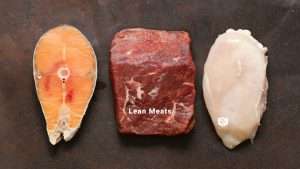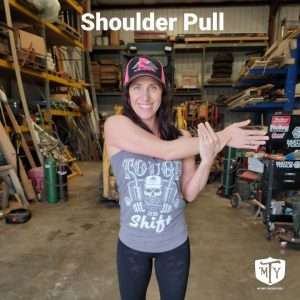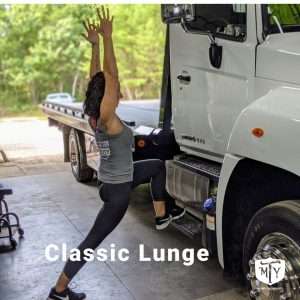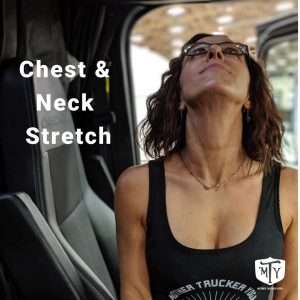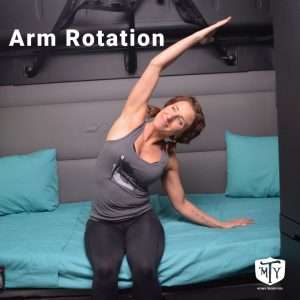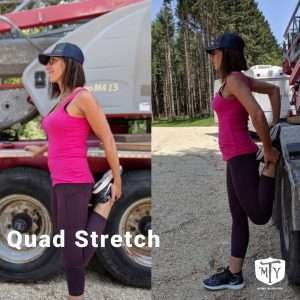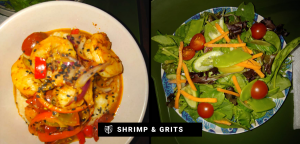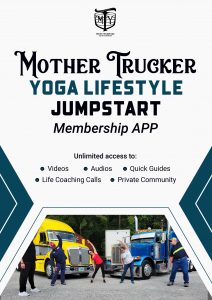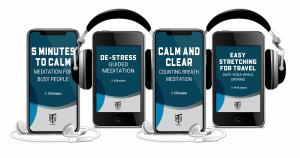Trucking Yoga: How to Use Mindfulness When You Are Stressed Out?
Stress is a card we’re all dealing with these days— from deadlines and personal problems to traffic and unhealthy work-life balances. Here’s the surprise: mindfulness can help. Now, if you’re wondering what mindfulness exactly is, it’s the act of focusing on the present without judgment. This act is taught with many other activities such as trucking, yoga, and meditation and can have lasting effects in helping you de-stress. Let us tell you how to use mindfulness when you are stressed out.
Five best ways to use mindfulness when you are stressed out
You become aware of your thoughts.
Being tuned to what is happening inside your head and thoughts can help you unwind. You can step back and view them instead of taking them quite literally. This way, your stress response is not triggered, and you can take a backseat from being stressed.
Try to focus on what you’re thinking without judging or reacting to those thoughts. Acknowledge their presence and know that your thoughts do not control you, but instead, you control them!
Reaction becomes response
Sometimes, when you’re faced with a stressful situation, you react in its heat. And then comes regret. Mindfulness and trucking yoga make you pause for a moment and use your “wise mind” to assess the situation. Then you’re not just removing yourself from a panicking situation but also making a smart move on your part.
You are sensitive to your body’s needs.
Some forms of mindfulness, such as a body scan, can help you be attentive to your body. Are you asking yourself how that works?
Here’s the answer: you focus on each of your body parts, focusing on how you feel there without any reactions or judgment. This helps you notice underlying tension in muscles or any pain that might have been brushed off during stressful days.
Acknowledging an issue is already half the battle won, and you can take measures such as trucking yoga to release yourself from the pain.
You become aware of others’ emotions.
The entire practice of mindfulness is based on high focus; hence your focus; on the emotions of others can also help you contain a stressful environment. You are much more open to caring and understanding other’s emotions behind their responses to you, and once more, you can make smarter decisions with binocular vision.
You focus better
We’ve said this so much already, but we want to emphasize it repeatedly. Mindfulness helps you focus better! Not only is this an essential virtue of problem-solving, but you can understand what is causing you the stress.
Focus is an important quality to have, especially if your career requires it, and mindfulness can help you get ahead!
Conclusion
Mindfulness, along with other trucking yoga practices, is a crucial tool to use in times of stress and panic. They allow you the space to breathe and calculate fall damage in a third-person POV, so you don’t make abrupt reactions in critical moments. We’ve collected some of the best reasons mindfulness can help, and implementing these will give you the boost you need! Now you know how to use mindfulness when you are stressed out.

